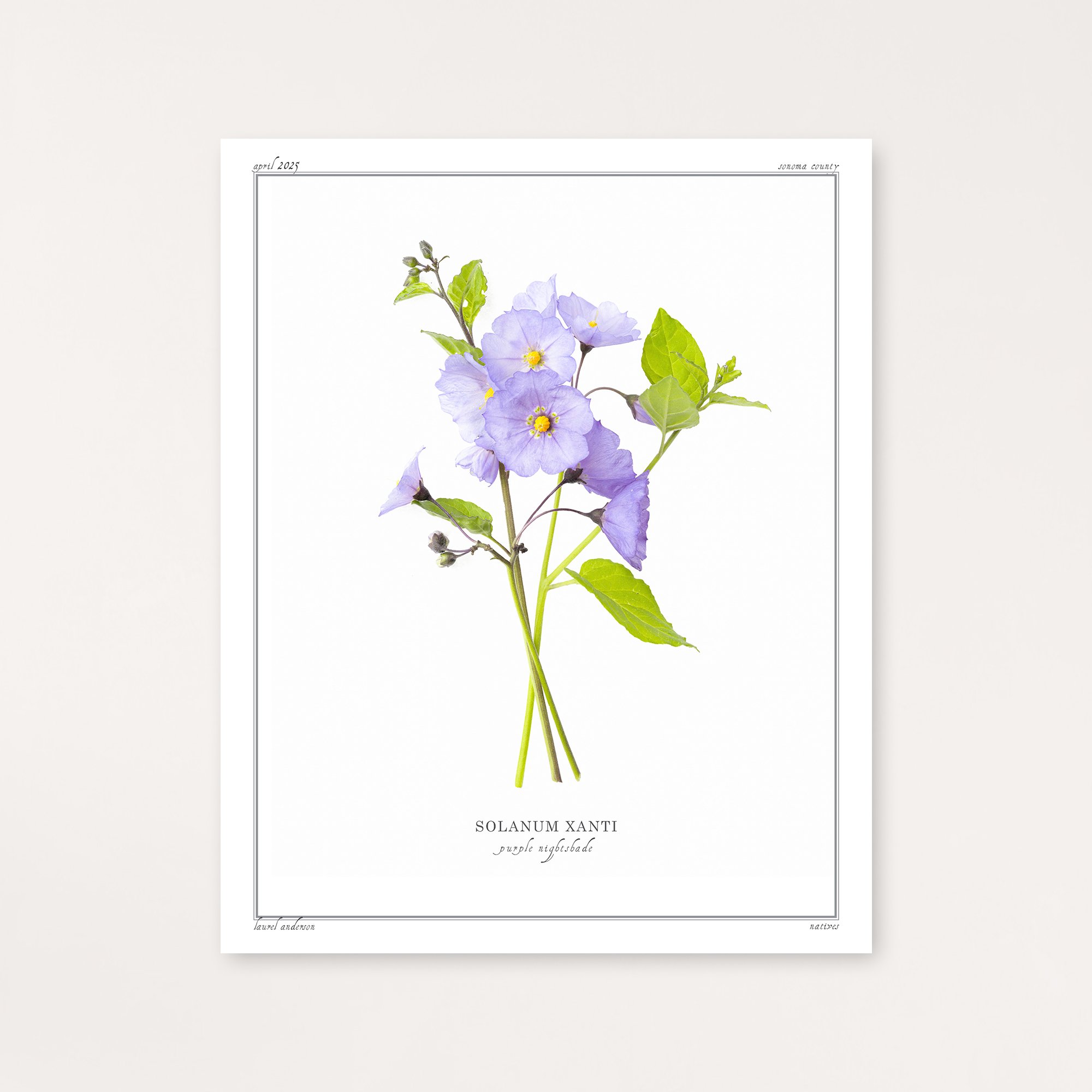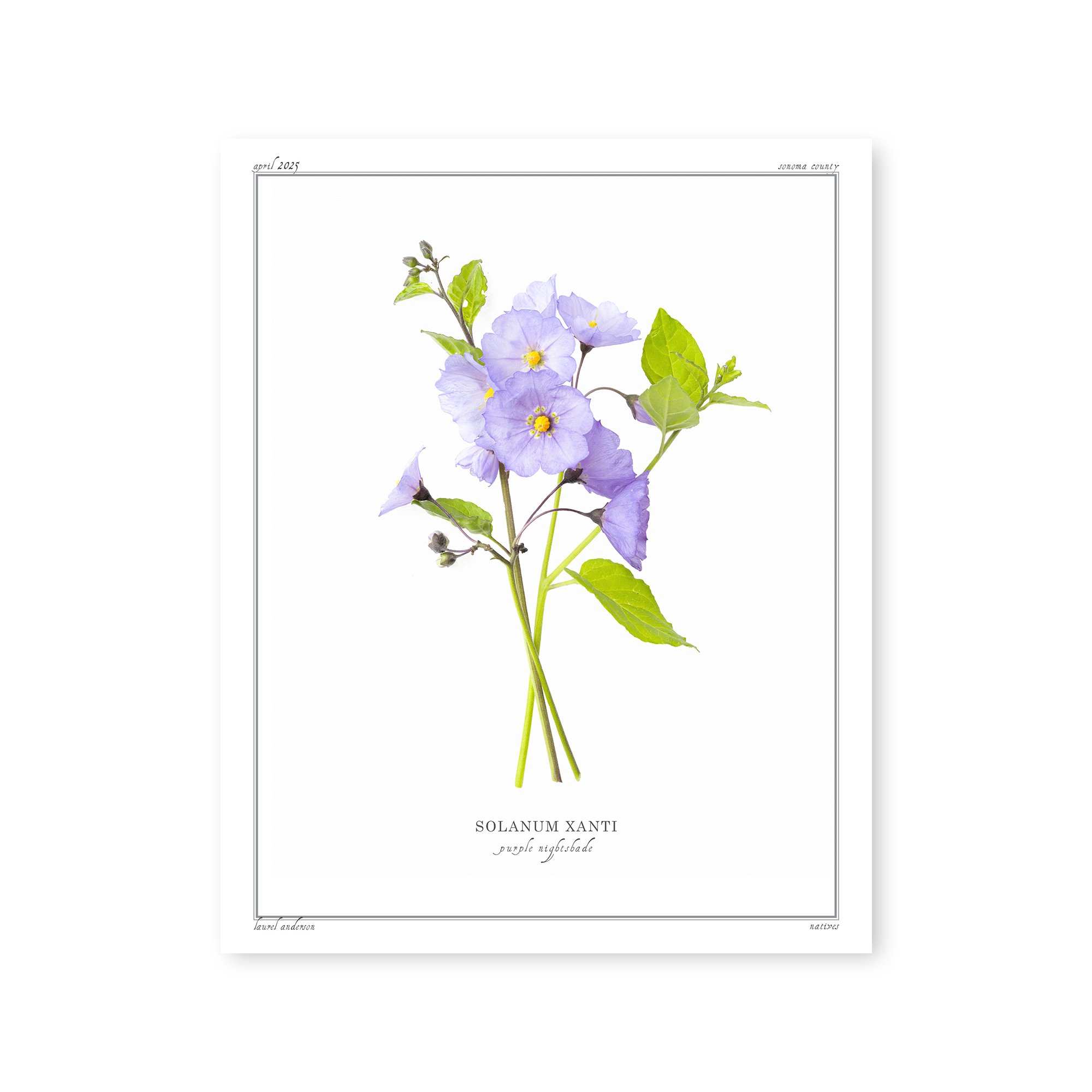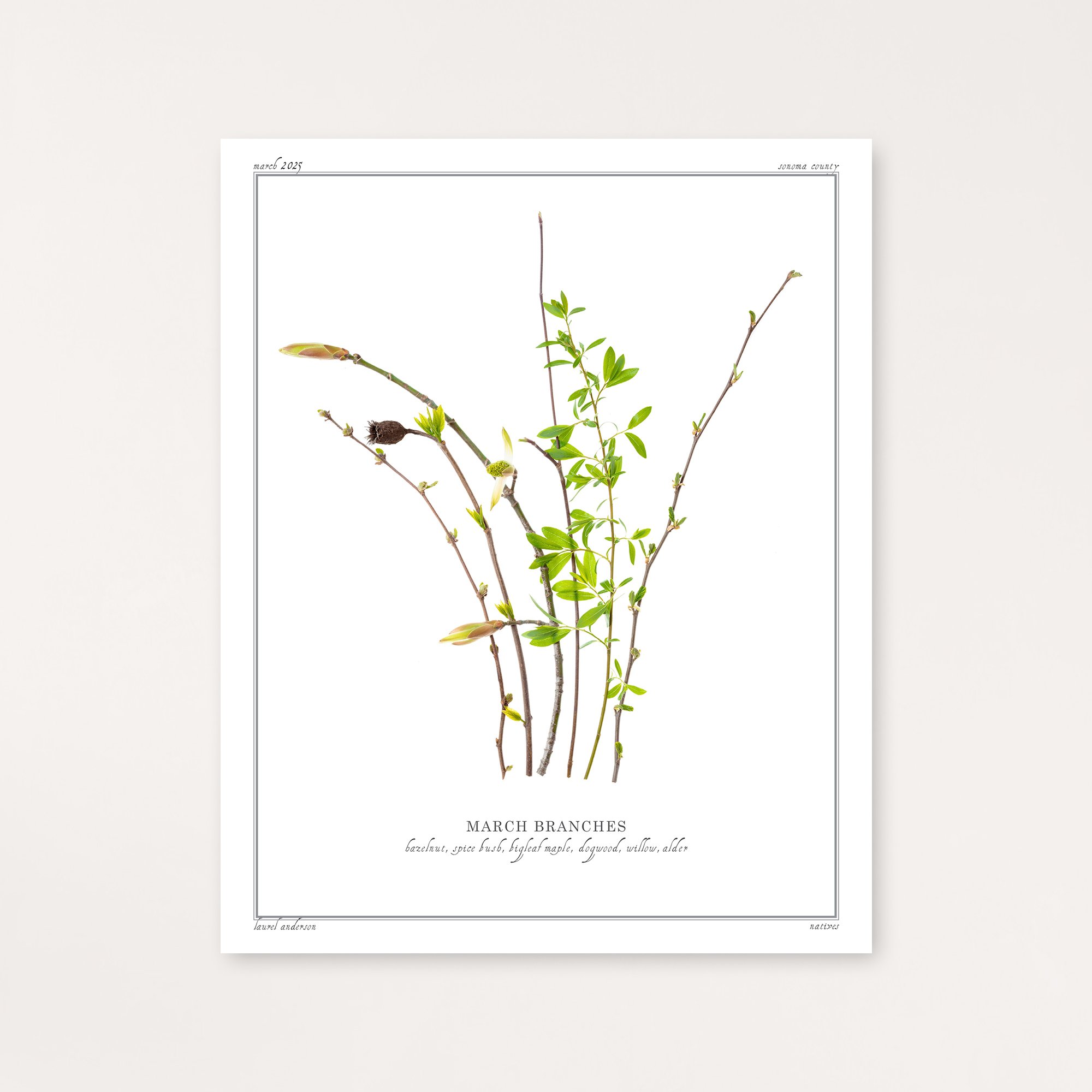 Image 1 of 2
Image 1 of 2

 Image 2 of 2
Image 2 of 2



Wild Cucumber
Coastal Manroot, Marah oregana, or Wild Cucumber grows throughout the Pacific Coast from California to British Columbia. This vigorous perennial vine emerges from a massive tuberous root, producing sprawling stems with distinctive five-lobed leaves and spiraling tendrils that can climb up to 20 feet.
This important native plant provides crucial habitat for specialized moth species, serving as a larval host for Clepsis fucana and the spectacular manroot borer moth Melittia gloriosa. The white, star-shaped spring flowers attract native bees and provide essential nectar resources, while the inflated, spiny fruits offer wildlife food and contribute to the plant's distinctive appearance in coastal ecosystems.
Indigenous peoples of the Pacific Northwest traditionally used various parts of this plant medicinally. The Squaxin tribe prepared infusions from the mashed stalks to soak sore hands, while the Chinook made poultices from the fruits. The Chehalis and Coast Salish peoples used preparations from the roots to treat various ailments, demonstrating the plant's important cultural significance.
Each print is made by the artist using archival quality pigment ink on Moab's Entrada Rag Bright 300 paper.
Coastal Manroot, Marah oregana, or Wild Cucumber grows throughout the Pacific Coast from California to British Columbia. This vigorous perennial vine emerges from a massive tuberous root, producing sprawling stems with distinctive five-lobed leaves and spiraling tendrils that can climb up to 20 feet.
This important native plant provides crucial habitat for specialized moth species, serving as a larval host for Clepsis fucana and the spectacular manroot borer moth Melittia gloriosa. The white, star-shaped spring flowers attract native bees and provide essential nectar resources, while the inflated, spiny fruits offer wildlife food and contribute to the plant's distinctive appearance in coastal ecosystems.
Indigenous peoples of the Pacific Northwest traditionally used various parts of this plant medicinally. The Squaxin tribe prepared infusions from the mashed stalks to soak sore hands, while the Chinook made poultices from the fruits. The Chehalis and Coast Salish peoples used preparations from the roots to treat various ailments, demonstrating the plant's important cultural significance.
Each print is made by the artist using archival quality pigment ink on Moab's Entrada Rag Bright 300 paper.






